Home>Garden Essentials>Where Do Sunflower Seeds Come From
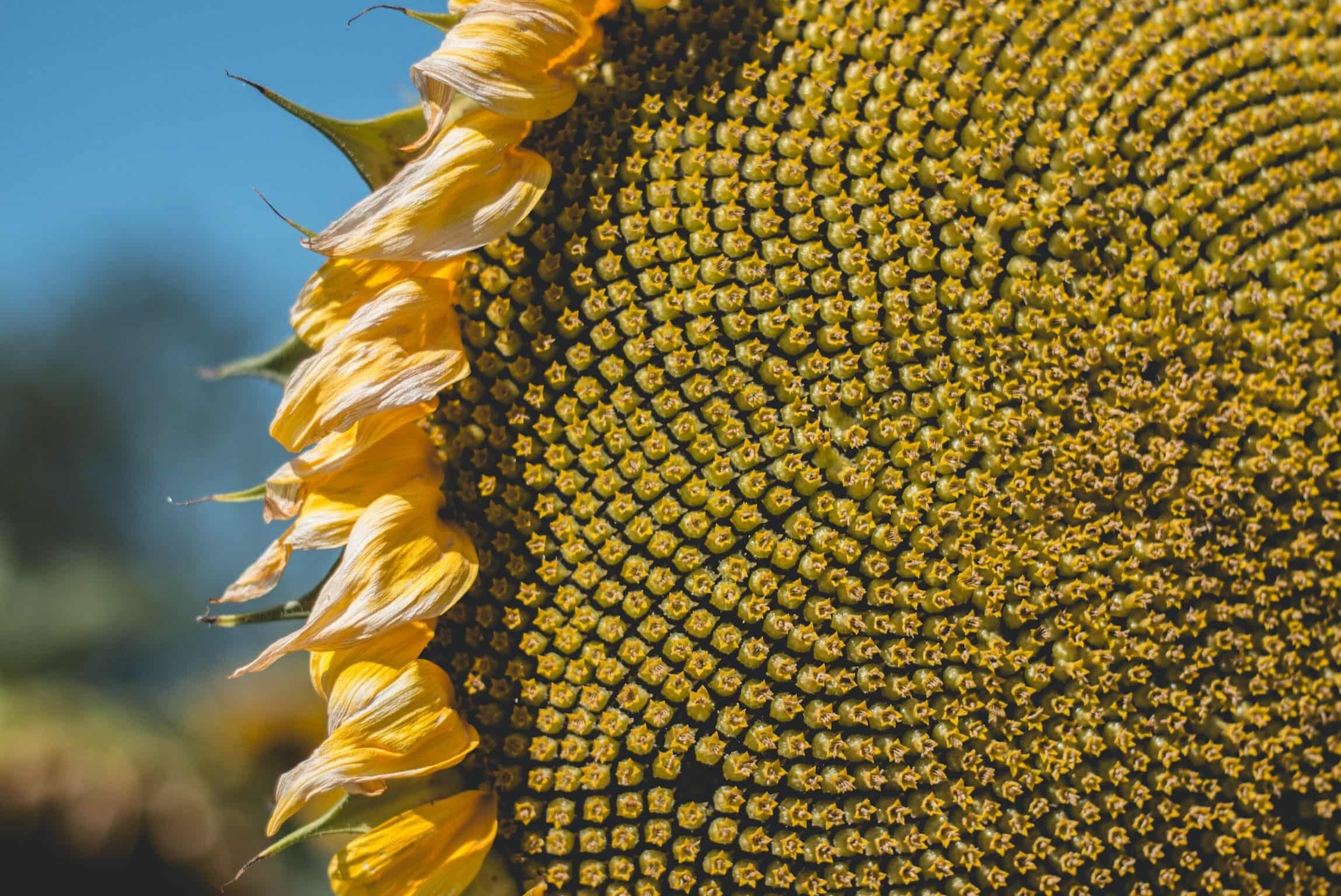

Garden Essentials
Where Do Sunflower Seeds Come From
Modified: March 21, 2024
Discover the origin of sunflower seeds and how they are cultivated in your garden. Learn about the fascinating journey from seed to flower.
(Many of the links in this article redirect to a specific reviewed product. Your purchase of these products through affiliate links helps to generate commission for Storables.com, at no extra cost. Learn more)
Introduction
Welcome to the fascinating world of sunflower seeds! These small, nutrient-rich powerhouses are not only a popular snack but also have a rich history and interesting cultivation process. Whether you’re a gardening enthusiast, a health-conscious individual, or simply curious about the origins of the food you eat, this article will provide you with a comprehensive overview of where sunflower seeds come from.
Sunflower seeds are the edible seeds of the sunflower plant, scientifically known as Helianthus annuus. Native to North America, sunflowers have been cultivated for centuries by indigenous peoples who recognized their valuable properties. Today, sunflowers are grown all over the world for their seeds, oil, and ornamental beauty.
These versatile seeds have a distinctive appearance, with their smooth, elongated shape and their hard outer shell. But how exactly are sunflower seeds grown and harvested? Let’s dive into the fascinating journey of these seeds, from the vast sunflower fields to your favorite snack.
Key Takeaways:
- Sunflower seeds have a rich history, are grown all over the world, and offer a multitude of culinary possibilities, from snacks to baking ingredients, due to their unique cultivation and processing methods.
- Sunflower seeds are packed with essential nutrients, including vitamins, minerals, healthy fats, and fiber, offering various health benefits such as heart health, weight management, and brain function when consumed as part of a balanced diet.
Read more: Where Do The Sunflower Seeds Come From
The Origins of Sunflower Seeds
The history of sunflower seeds traces back thousands of years to North America. Native American tribes, such as the Hopi, Apache, and Pueblo, were the first to cultivate and use sunflowers extensively. They saw the sunflower as a symbol of life and a valuable source of food, oil, and dyes.
Early domestication of sunflowers by indigenous peoples in North America began around 3,000 BCE. These early sunflowers were smaller in size and had a diverse range of colors, including red, purple, and yellow. Native Americans used sunflower seeds in their everyday meals, ground them into flour for baking, and even extracted oil from the seeds for cooking and medical purposes.
With the arrival of European explorers in the 16th century, sunflowers caught the attention of botanists and naturalists. They were amazed by the plant’s ability to track and face the sun, which earned it the scientific name “Helianthus,” derived from the Greek words “helios” meaning “sun,” and “anthos” meaning “flower.”
During the 18th and 19th centuries, sunflowers slowly made their way to Europe. The Russian Empire was particularly interested in sunflowers and played a significant role in their cultivation and development. Russian farmers focused on breeding sunflowers for their oil content, leading to the emergence of oilseed sunflowers with larger seeds and higher oil content.
By the 20th century, sunflower cultivation had spread globally, and new varieties of sunflowers were being developed. Today, sunflower seeds are grown in many countries, including the United States, Russia, Ukraine, Argentina, and China.
These seeds are not only enjoyed as a popular snack but also serve various other purposes. Sunflower oil, which is extracted from the seeds, is used in cooking and as an ingredient in various products, including salad dressings and margarine. Additionally, sunflowers are adored for their vibrant blooms and are often planted as ornamental flowers in gardens and landscapes.
Now that we’ve explored the origins of sunflower seeds, let’s dive deeper into the cultivation and growth process of these remarkable plants.
Cultivation and Growth of Sunflowers
The cultivation of sunflowers begins with the selection of suitable land and soil preparation. Sunflowers thrive best in full sun, so it is crucial to choose a location that receives at least six to eight hours of direct sunlight per day. They also require well-drained soil with a pH level between 6.0 and 7.5.
Once the ideal location is determined, the soil is prepared by removing any weeds or debris and tilling it to a depth of about 6 to 8 inches. Organic matter, such as compost or well-rotted manure, can be added to improve the soil’s fertility and drainage.
Sunflower seeds are typically sown directly into the soil after the last frost date. The optimal time for planting may vary depending on the climate and region. Generally, it is best to wait until the soil temperature reaches around 50 to 55 degrees Fahrenheit.
The seeds are planted at a depth of about 1 to 1.5 inches, with a spacing of 6 to 12 inches between each seed. The distance between rows is usually 2 to 3 feet, allowing enough space for the plants to grow and receive adequate airflow.
As the sunflower plants grow, they develop a tall, sturdy stem that can reach heights of 4 to 12 feet, depending on the variety. The stem is covered with coarse, textured leaves that point towards the ground, helping to conserve moisture and protect the plant from excessive heat.
One distinctive characteristic of sunflowers is their ability to heliotropically follow the sun’s movement. Young sunflowers face east in the morning and gradually turn westwards throughout the day, ensuring maximum exposure to sunlight. However, once the flowers fully bloom, they generally face east and remain in that direction.
During the growth cycle, sunflowers produce striking flower heads. Each flower head consists of hundreds or even thousands of individual flowers, arranged in a spiral pattern. The central disk flowers are small and fertile, while the outer ray flowers are larger and serve as showy petals.
Once the flower heads have fully developed, the petals eventually wither and fall off, leaving behind the familiar seed head known as the sunflower “face.” The seeds develop and mature within the head, filling the individual florets with nutrient-rich goodness.
As the seeds approach maturity, the flower head starts to dry out and turn brown. This is an indication that the sunflower seeds are ready for harvest.
In the next section, we will explore the harvesting process and the steps involved in obtaining sunflower seeds.
Harvesting Sunflower Seeds
Harvesting sunflower seeds is an exciting and rewarding process that marks the culmination of months of diligent care and cultivation. Once the sunflower heads have dried out and turned brown, it is a sign that the seeds are ready for harvesting.
There are a few key indicators to look for when determining the ideal time to harvest sunflower seeds. The petals of the flower head will have fallen off, and the back of the head will have turned from green to yellow or brown. The seeds themselves will appear plump and fully developed, with a hard outer shell.
The first step in the harvesting process is to cut the sunflower heads from the stem. Using a pair of sharp shears or a garden knife, carefully sever the head about 4 to 6 inches below the flower head. It is essential to handle the heads gently to prevent damage to the seeds.
After the heads are detached, they can be placed in a clean, dry container or bag. Hang the container in a well-ventilated area, allowing the heads to dry further. This process is known as “curing” and typically takes about two to three weeks.
During the curing period, the sunflower heads continue to dry out, and the seeds further harden and become easier to separate from the flower head. To test if the seeds are ready for extraction, gently rub a few seeds between your fingers. If the seeds come off easily and feel dry and hard, they are ready for processing. If not, give them more time to cure.
Once the sunflower heads are properly cured, it’s time to extract the seeds. One popular method is to place the head in a large paper bag and gently rub or shake it. This helps dislodge the seeds from the head and allows them to fall into the bag.
Another method involves using a clean, dry cloth to rub the head, encouraging the seeds to detach. This method allows for better control and precision in extracting the seeds.
After the seeds have been removed from the flower head, it’s important to separate them from any debris or chaff. This can be done by gently winnowing the seeds outdoors on a breezy day or by using a sieve or screen to sift out the unwanted material.
Once the seeds are clean and free from impurities, they can be stored in airtight containers, such as glass jars or plastic bags. It’s important to keep the seeds in a cool, dry place away from moisture and sunlight to maintain their quality and freshness.
Now that we’ve harvested the sunflower seeds, let’s explore the process of processing them for various uses.
Processing Sunflower Seeds
After harvesting sunflower seeds, they need to undergo processing to become ready for consumption or further use. Processing involves removing the outer shell and preparing the seeds for different culinary or industrial purposes.
The first step in processing sunflower seeds is to remove the hard outer shell, known as the hull, from the edible kernel inside. This can be done manually using your fingers or with the help of specialized equipment.
One method to remove the hull is by cracking it open with your fingers. Gently apply pressure to the seed until the shell cracks, and then separate the kernel from the shell. This manual method is suitable for small-scale processing but can be time-consuming and labor-intensive.
For large-scale processing, mechanical dehullers are commonly used. These machines employ a combination of friction and mechanical force to remove the hulls efficiently. The seeds are fed into the dehuller, and the rotating components create enough pressure to crack the shells and separate them from the kernels.
Once the seeds are dehulled, they can be further processed to obtain different forms of sunflower seeds. For example, the kernels can be roasted to enhance their flavor and give them a crunchy texture. Roasting can be done in an oven, skillet, or specialized roasting equipment. The seeds are spread out in a single layer and roasted at a moderate temperature until they develop a golden-brown color.
Roasted sunflower seeds can be enjoyed as a nutritious snack, added to salads, trail mixes, or baked goods, or used as a topping for various dishes. The roasted seeds can also be ground into a smooth paste, similar to nut butter, to be used as a spread or as an ingredient in recipes.
In addition to roasting, sunflower seeds can also be cold-pressed to extract oil. The oil extraction process involves crushing the seeds and then using a mechanical press to extract the oil. This oil can be used for cooking, salad dressings, and various culinary applications. Sunflower oil is known for its mild flavor and high smoke point, making it a versatile and healthy choice in the kitchen.
Furthermore, sunflower seeds can be processed into meal or flour by grinding them into a fine powder. Sunflower meal is a valuable ingredient for livestock feed due to its high protein content. Sunflower flour can also be used as a gluten-free alternative in baking, adding a nutty flavor and richness to bread, cookies, and other baked goods.
Processing sunflower seeds not only enhances their versatility but also allows for their utilization in a wide range of culinary and industrial applications. The different forms of sunflower seeds offer distinct flavors, textures, and nutritional benefits, making them a valuable addition to a well-rounded diet.
In the following sections, we will explore the various uses, nutritional value, and health benefits of consuming sunflower seeds.
Read more: Where Do Most Sunflower Seeds Come From
Various Uses of Sunflower Seeds
Sunflower seeds offer a wide range of uses in both culinary and non-culinary applications. They are incredibly versatile and can be enjoyed in various forms. Let’s explore some of the popular uses of these nutritious seeds:
Snack and Culinary Uses:
- Eating Roasted: Roasted sunflower seeds are a popular and healthy snack enjoyed on their own or mixed with other nuts and dried fruits in trail mixes.
- Cooking and Baking: Sunflower seeds can be added to dishes such as salads, stir-fries, and baked goods to add a crunchy texture and nutty flavor.
- Garnish and Topping: Sunflower seeds make an excellent topping for salads, soups, yogurt bowls, and roasted vegetables, adding both visual appeal and nutritional value.
- Sunflower Seed Butter: Similar to peanut or almond butter, sunflower seed butter can be spread on bread, used as a dip, or incorporated into recipes for a nut-free alternative.
Oil Production:
- Cooking Oil: Sunflower oil is widely used in cooking and frying due to its mild flavor, high smoke point, and abundance of healthy monounsaturated fats.
- Salad Dressings: The mild and neutral taste of sunflower oil makes it an excellent base for homemade salad dressings and mayonnaise.
- Baking Ingredient: Sunflower oil can be used in baking recipes, adding moisture, and imparting a subtle flavor to cakes, muffins, and cookies.
- Manufacturing: Sunflower oil is a common ingredient in the production of margarine, shortenings, and various processed foods.
Feed and Livestock Uses:
- Animal Feed: Sunflower meal, a byproduct of oil extraction, is a valuable source of protein and fiber in livestock feed, contributing to their growth and overall health.
- Poultry Feed: Sunflower seeds are often fed to chickens and other poultry as a tasty and nutritious treat, providing essential nutrients and promoting healthy feathers.
Read more: Where Do Kale Seeds Come From
Gardening and Ornamental Uses:
- Attracting Wildlife: Sunflowers are known for attracting birds, bees, and other beneficial insects to the garden, acting as natural pollinators and enhancing biodiversity.
- Landscape Decoration: With their vibrant yellow and orange blooms, sunflowers are a popular choice for gardeners and landscapers, adding a bright and cheerful element to outdoor spaces.
These are just a few of the many ways in which sunflower seeds can be enjoyed and utilized. Their versatility and nutritional value make them a staple in many households and industries around the world.
Next, let’s delve into the nutritional value of sunflower seeds and explore the health benefits they offer when incorporated into a balanced diet.
Nutritional Value of Sunflower Seeds
Sunflower seeds are not only delicious but also pack a nutritional punch. They are rich in essential nutrients and offer a range of health benefits. Let’s take a closer look at the impressive nutritional profile of sunflower seeds:
Vitamins and Minerals:
Sunflower seeds are a good source of various vitamins and minerals that support overall health. They are particularly rich in vitamin E, an antioxidant that helps protect cells from damage caused by free radicals. Sunflower seeds also contain B vitamins, including thiamine (B1), riboflavin (B2), niacin (B3), and folate (B9), which play essential roles in energy production, brain function, and DNA synthesis. Additionally, sunflower seeds provide minerals like magnesium, selenium, copper, and manganese, which are important for bone health, immune function, and enzyme activity.
Healthy Fats:
Sunflower seeds are a great source of healthy fats, including monounsaturated and polyunsaturated fats. These fats, particularly the polyunsaturated fats, are rich in essential fatty acids, such as linoleic acid, which our bodies cannot produce on their own and must obtain from the diet. These essential fats are important for brain function, hormone production, and maintaining healthy skin and hair. Sunflower seeds also contain a small amount of saturated fat.
Read more: Where Do Radish Seeds Come From
Dietary Fiber:
Sunflower seeds are a good source of dietary fiber, which is essential for a healthy digestive system. Fiber helps promote regular bowel movements, aids in satiety, and can contribute to maintaining healthy blood sugar levels. Including sunflower seeds in your diet can help increase your fiber intake and support overall digestive health.
Protein Content:
Sunflower seeds are an excellent plant-based source of protein, making them a valuable addition to vegetarian and vegan diets. Protein is essential for building and repairing tissues, supporting muscle growth, and maintaining a healthy immune system. Including sunflower seeds in your meals and snacks can help ensure an adequate protein intake.
It’s worth noting that while sunflower seeds offer numerous health benefits, they are also high in calories. Thus, it’s important to consume them in moderation and incorporate them into a well-balanced diet.
In the next section, we will explore the various health benefits associated with consuming sunflower seeds.
Health Benefits of Consuming Sunflower Seeds
In addition to their delicious flavor and rich nutritional profile, sunflower seeds offer several health benefits when incorporated into a balanced diet. Let’s explore some of the key advantages of consuming sunflower seeds:
Heart Health:
Sunflower seeds are a good source of heart-healthy fats, including monounsaturated and polyunsaturated fats. These fats can help lower bad cholesterol levels, reducing the risk of heart disease and stroke. Additionally, sunflower seeds are rich in vitamin E, an antioxidant that helps prevent the oxidation of LDL cholesterol, further protecting the cardiovascular system.
Read more: Where Do Pumpkin Seeds Come From
Antioxidant Support:
As mentioned earlier, sunflower seeds are abundant in vitamin E, a powerful antioxidant. Vitamin E helps neutralize free radicals in the body, reducing oxidative stress and inflammation. This antioxidant activity can help protect against chronic conditions, such as heart disease, cancer, and age-related macular degeneration.
Weight Management:
Despite their small size, sunflower seeds are packed with nutrients and provide a good amount of dietary fiber and healthy fats. These components contribute to feelings of fullness and satiety, which may help curb cravings and promote healthy weight management. Including sunflower seeds as part of a balanced diet can support weight loss or maintenance goals.
Blood Sugar Control:
The fiber content in sunflower seeds can help regulate blood sugar levels. It slows down the absorption of glucose into the bloodstream, preventing rapid spikes and crashes in blood sugar. This is especially beneficial for individuals with diabetes or those at risk of developing the condition.
Bone Health:
Sunflower seeds are a good source of minerals like magnesium, copper, and manganese, which are essential for maintaining healthy bones. These minerals play a vital role in bone formation, density, and strength, reducing the risk of osteoporosis and fractures.
Read more: Where Do Grass Seeds Come From
Brain Function:
The high vitamin E content in sunflower seeds is beneficial for brain health. Vitamin E has been linked to improved cognitive function and a reduced risk of cognitive decline and neurodegenerative diseases, such as Alzheimer’s disease. The presence of essential fatty acids in sunflower seeds also supports brain health and function.
It’s important to note that while sunflower seeds offer these health benefits, individual results may vary, and they should be consumed as part of a balanced diet and healthy lifestyle.
With their nutritious profile and various uses, sunflower seeds are a versatile and healthy addition to any diet. In the following section, we will conclude our exploration and summarize the key points discussed.
Conclusion
Sunflower seeds are more than just a popular snack – they have a rich history, offer a multitude of culinary possibilities, and provide a range of health benefits. From their origins in Native American cultures to their worldwide cultivation today, sunflower seeds have captured the fascination of people throughout history.
The cultivation and growth of sunflowers involve careful land selection, proper soil preparation, and attention to the plant’s developmental stages. Harvesting sunflower seeds requires patience and expertise to ensure the seeds are fully matured and ready for processing.
Processing sunflower seeds involves techniques such as dehulling, roasting, and cold-pressing to extract oil or create different forms of sunflower seeds. These versatile seeds find their way into a wide range of culinary creations, from snacks and toppings to baking ingredients and natural spreads.
Alongside their culinary uses, sunflower seeds offer a host of nutritional benefits. They are packed with vitamins, minerals, healthy fats, and fiber, contributing to heart health, weight management, blood sugar control, bone health, and brain function.
When incorporating sunflower seeds into your diet, it’s essential to consume them in moderation and as part of a well-balanced meal plan. Whether you enjoy them as a snack, incorporate them into recipes, or use sunflower oil in your cooking, these versatile seeds can add both flavor and nutritional value to your daily routine.
So, whether you’re looking to explore the history of sunflower seeds, cultivate your own sunflowers, or savor their wonderful taste and health benefits, the world of sunflower seeds is waiting to be discovered. Dive in and enjoy all that these remarkable seeds have to offer!
Frequently Asked Questions about Where Do Sunflower Seeds Come From
Was this page helpful?
At Storables.com, we guarantee accurate and reliable information. Our content, validated by Expert Board Contributors, is crafted following stringent Editorial Policies. We're committed to providing you with well-researched, expert-backed insights for all your informational needs.
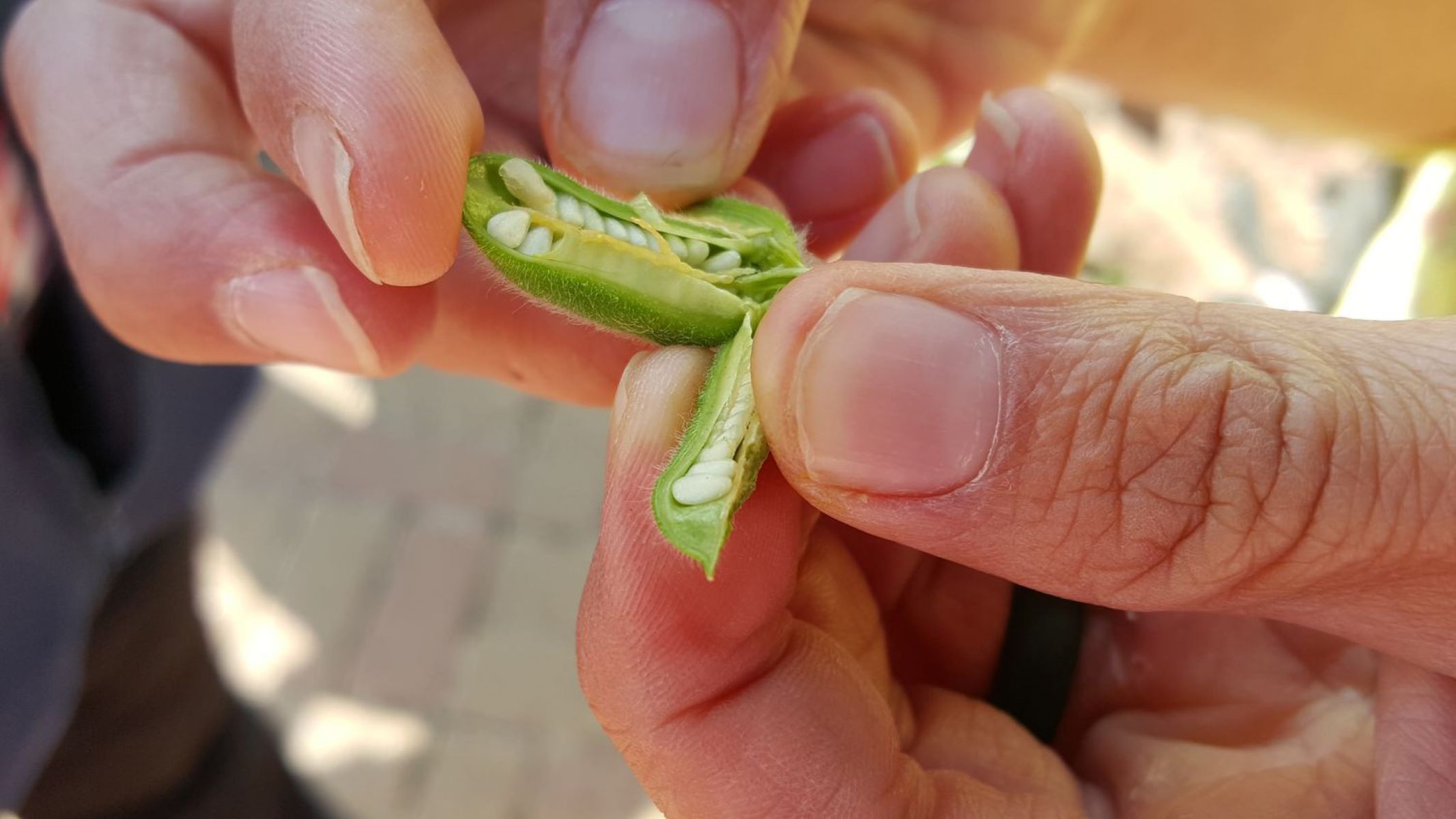
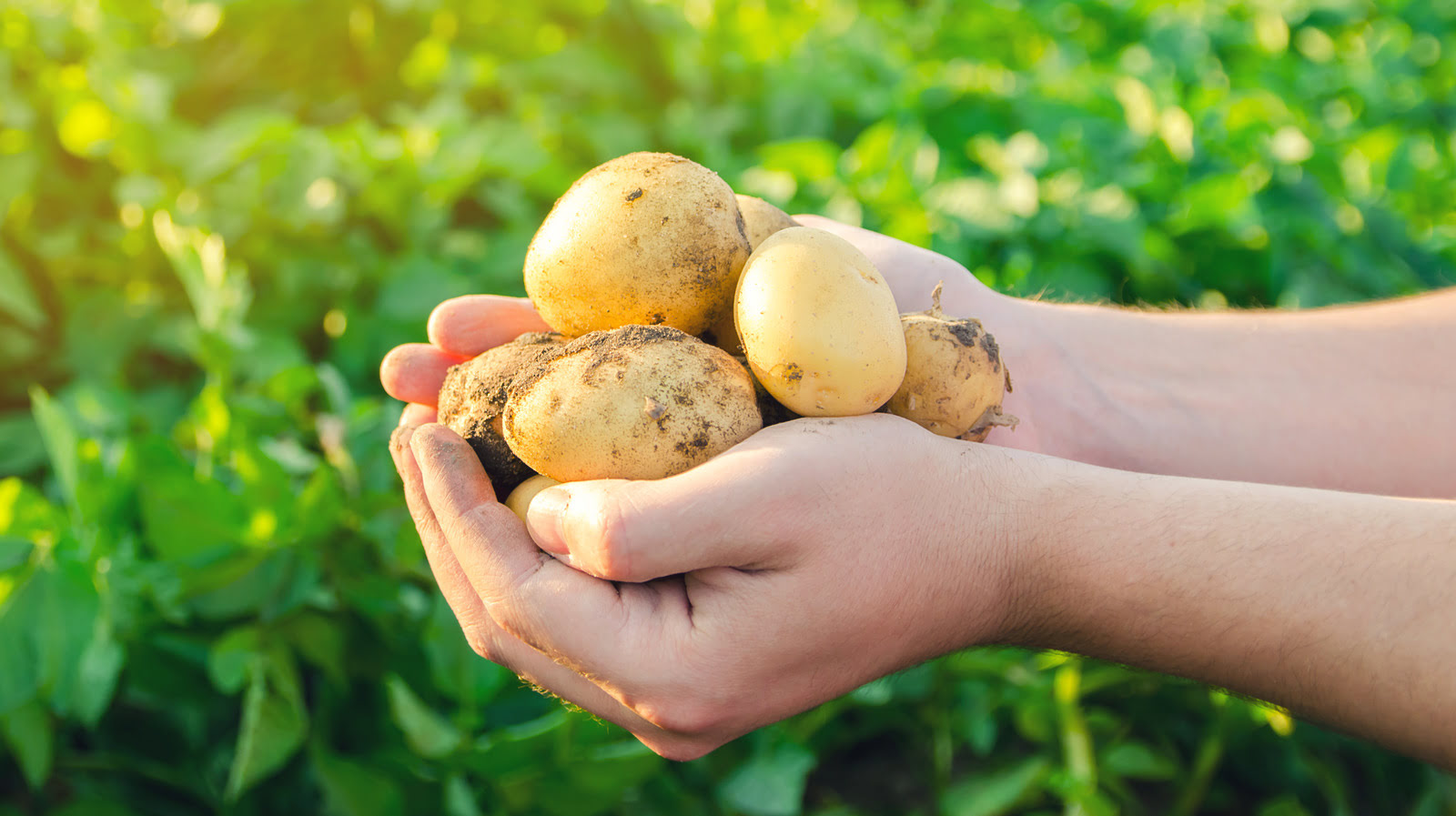
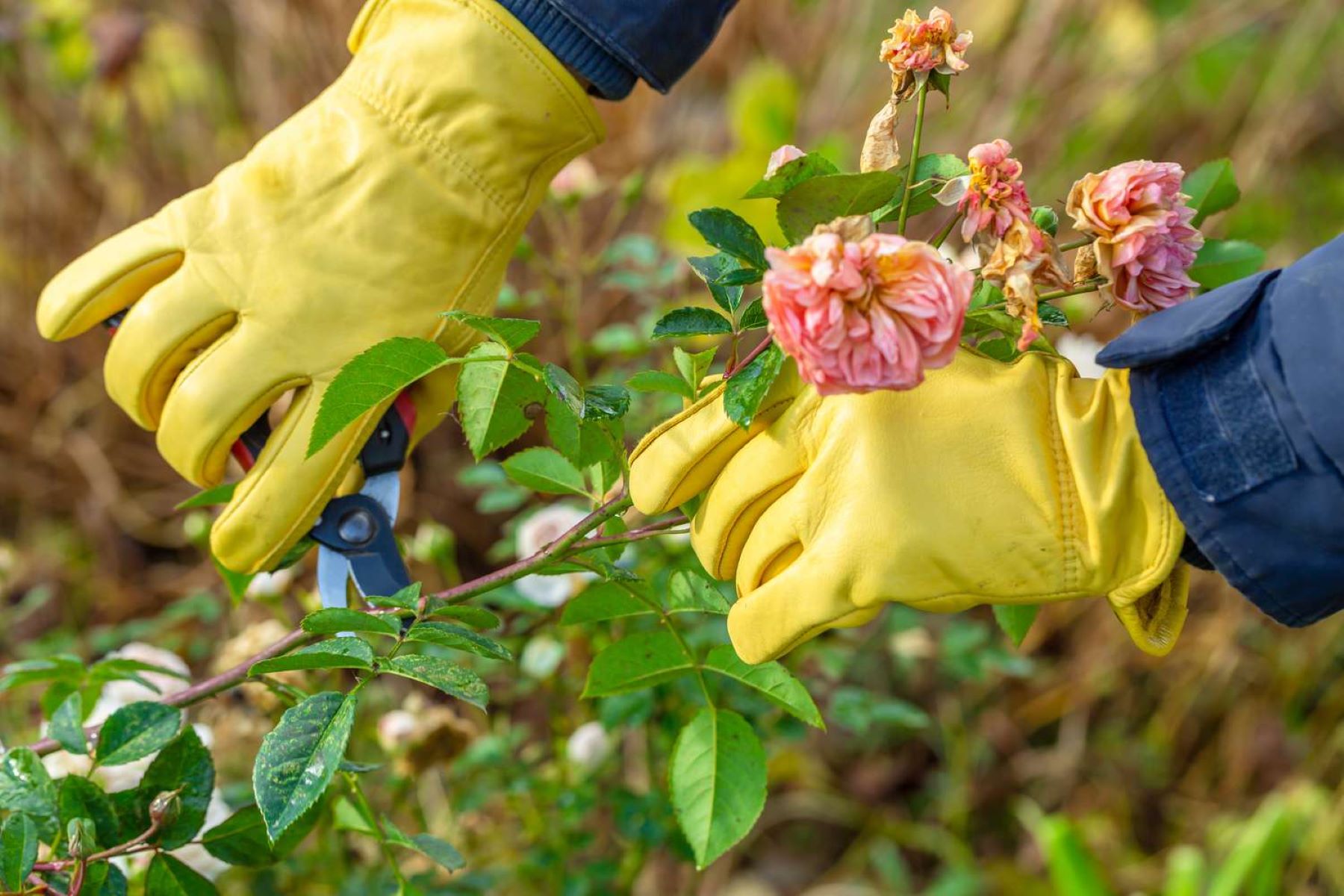
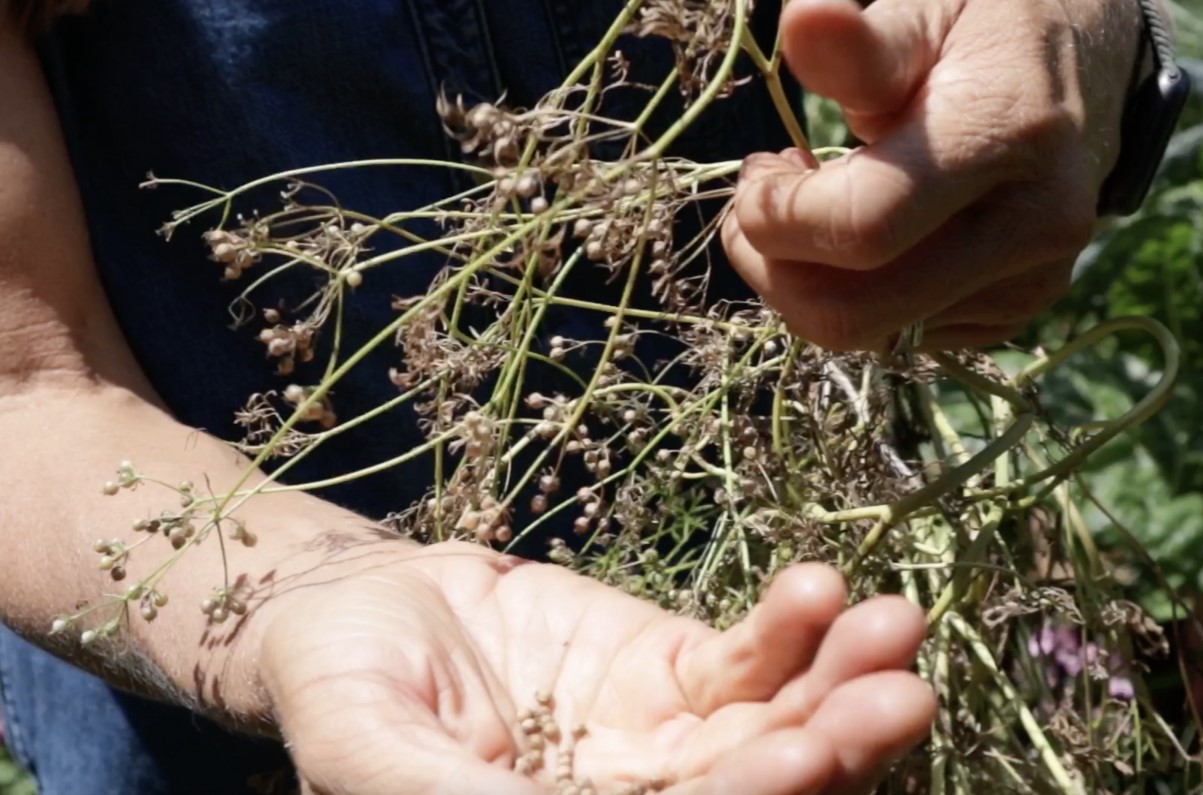
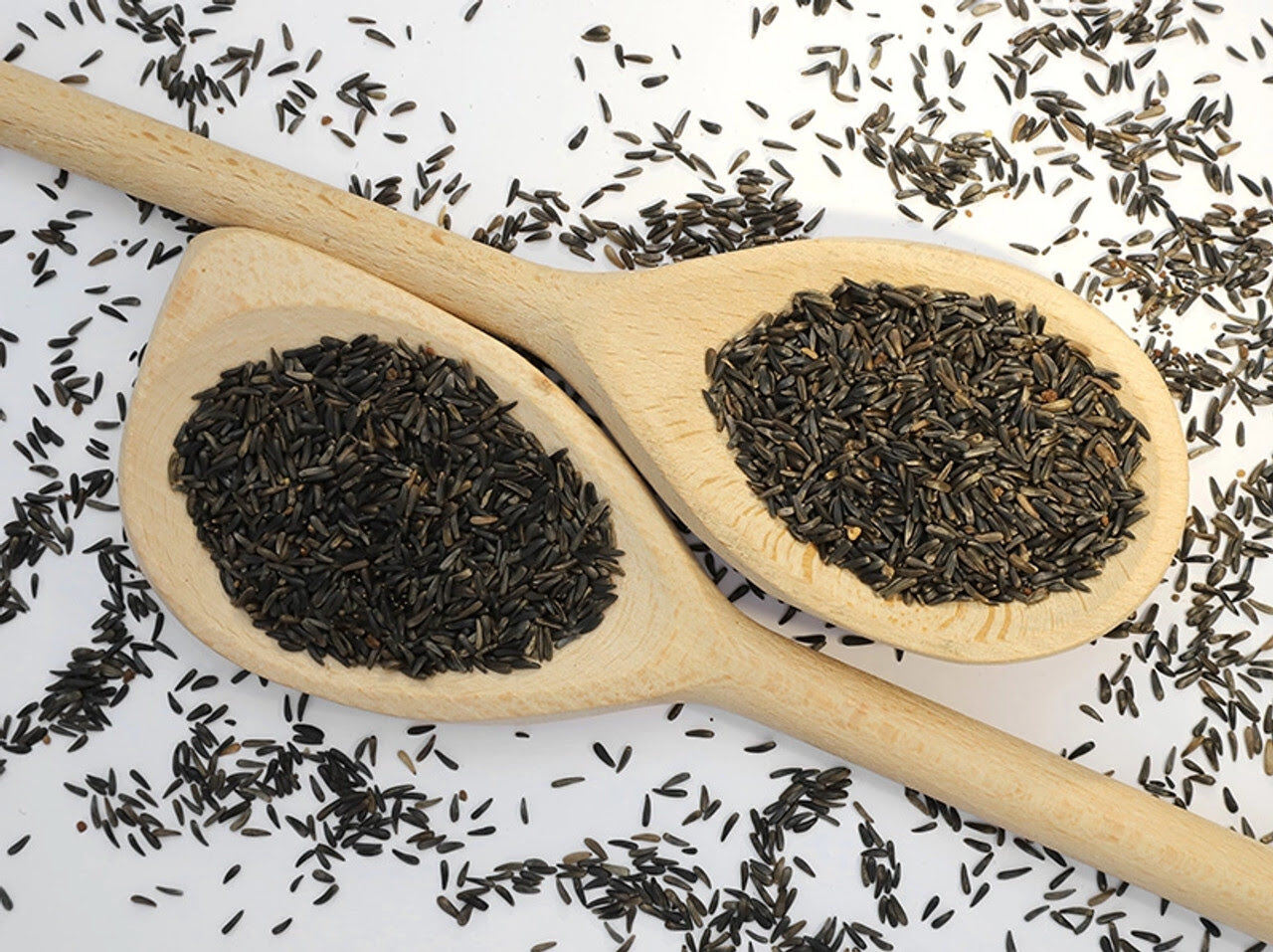
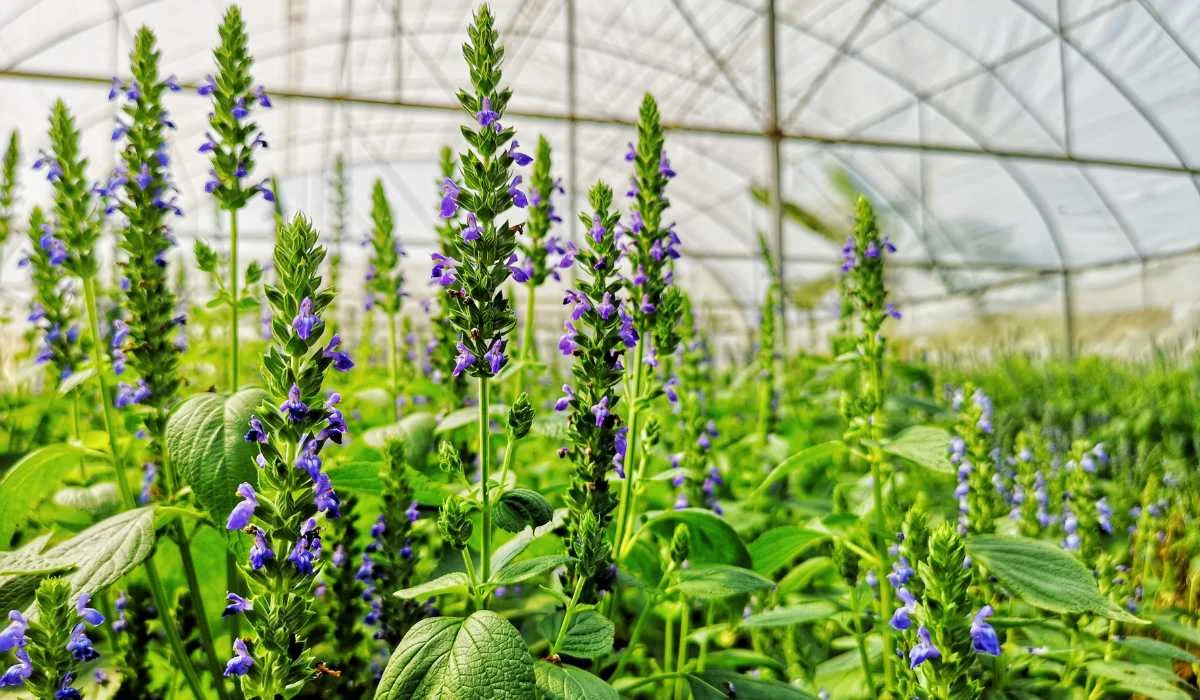
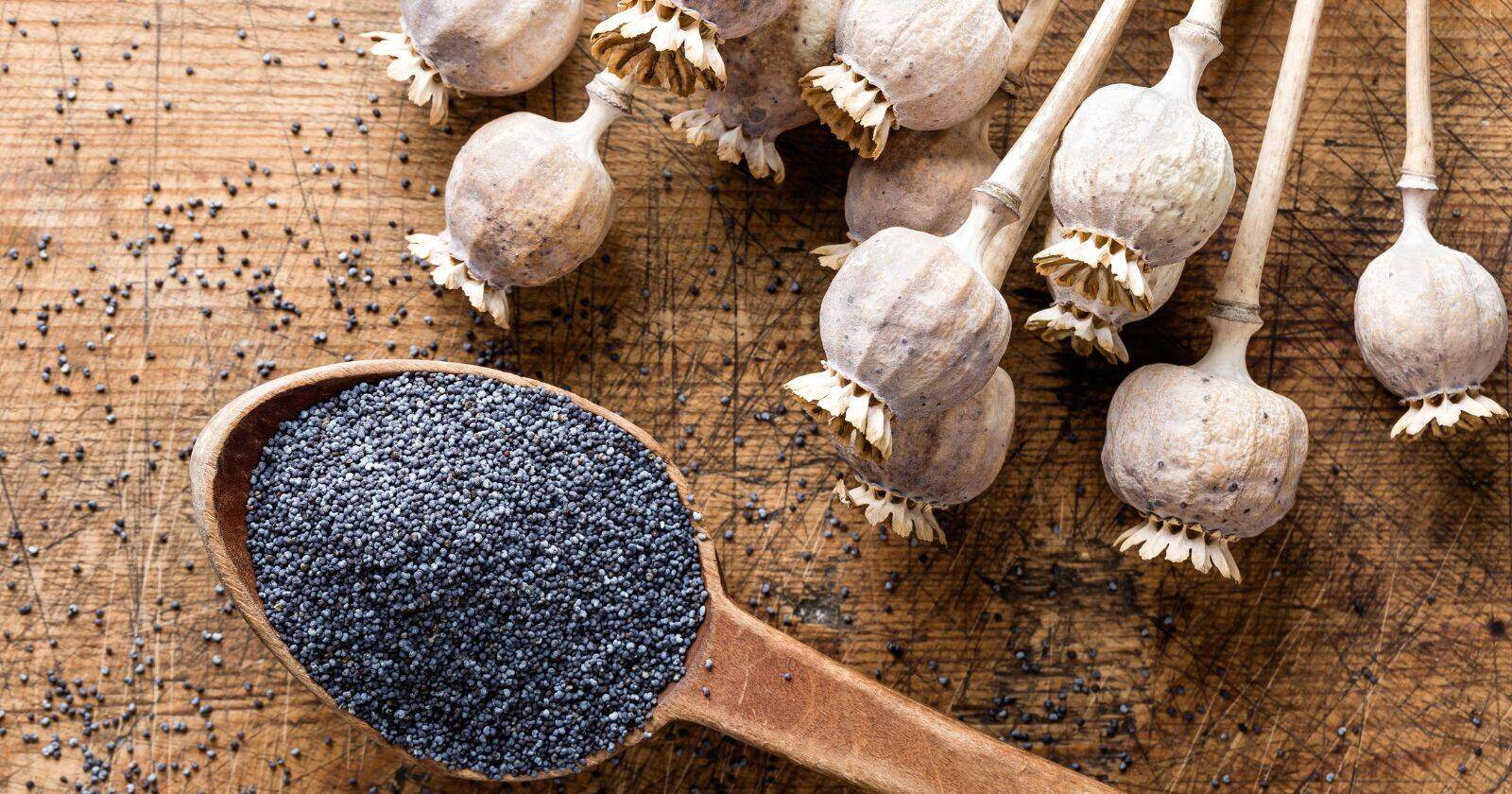
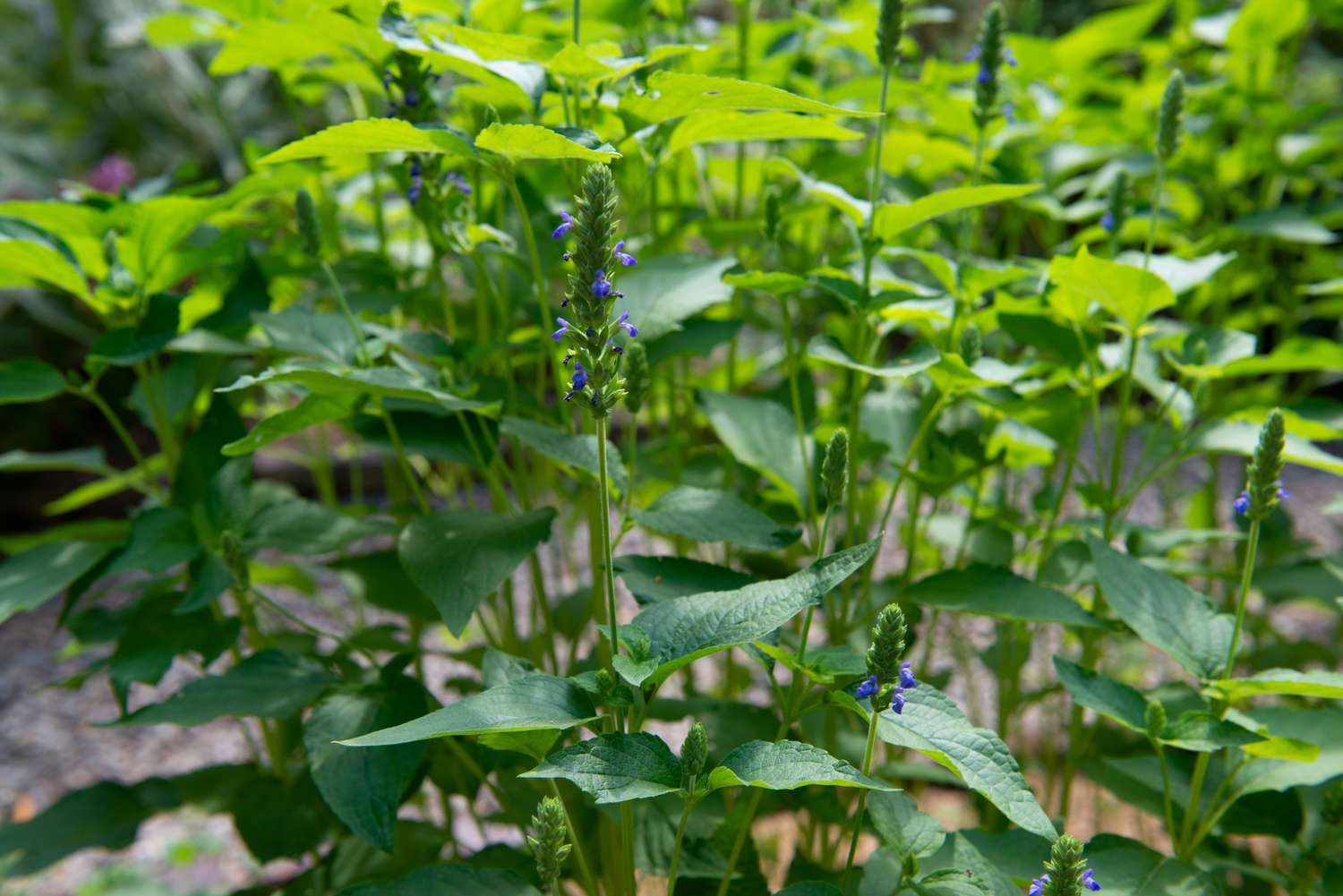
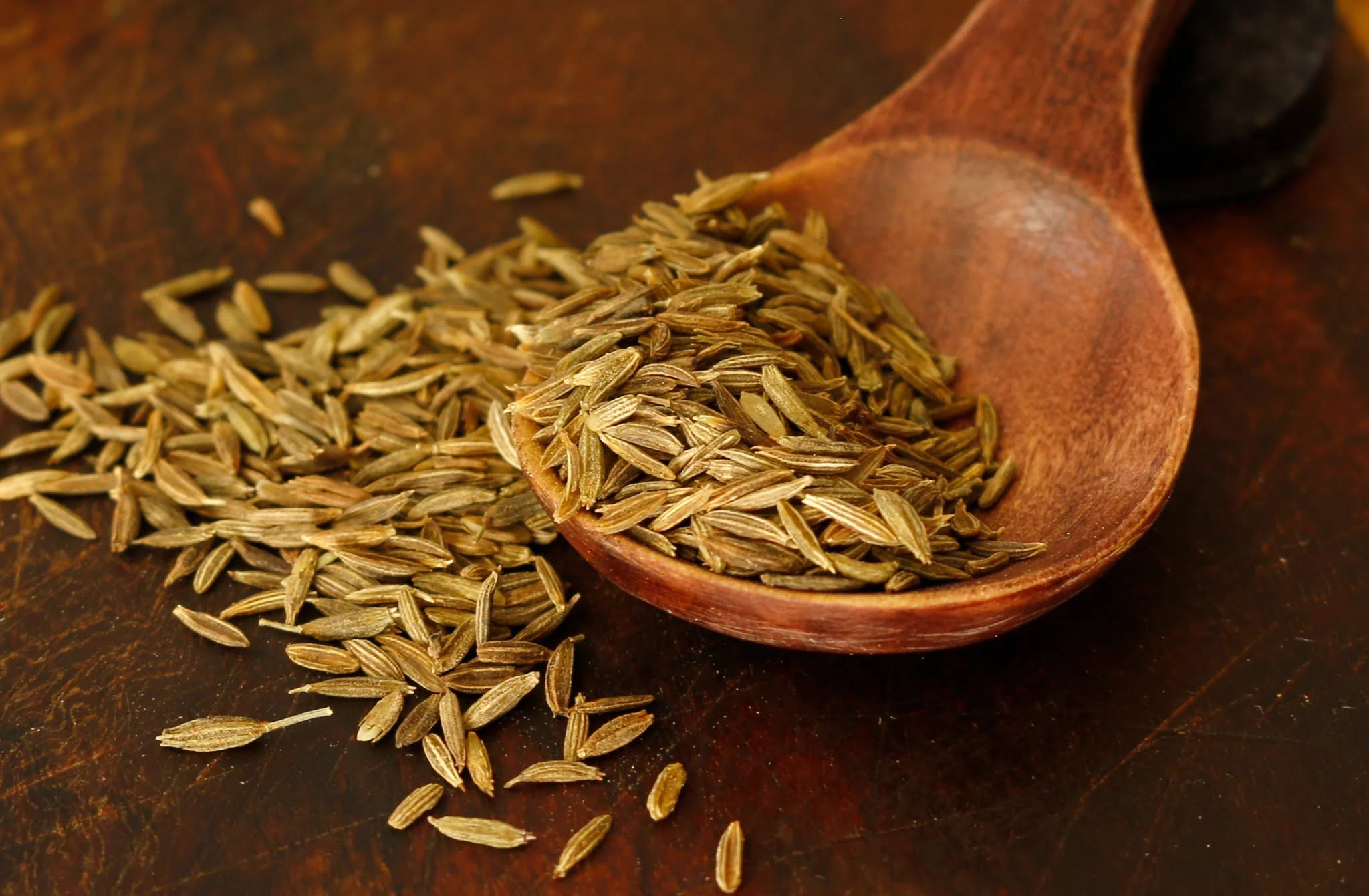
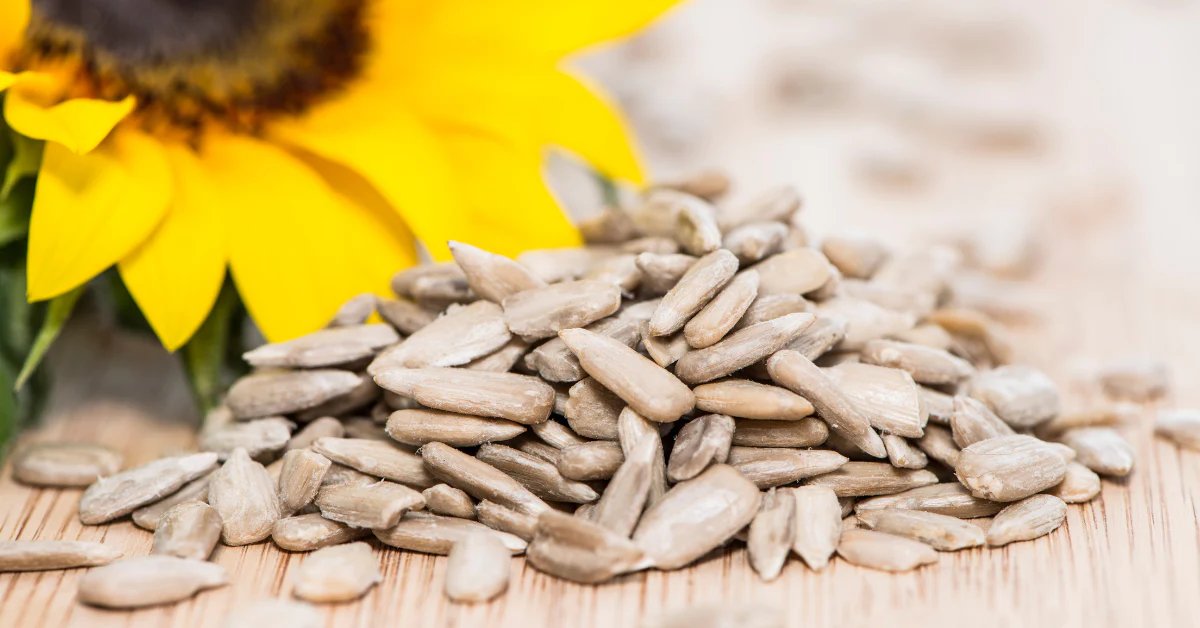

0 thoughts on “Where Do Sunflower Seeds Come From”